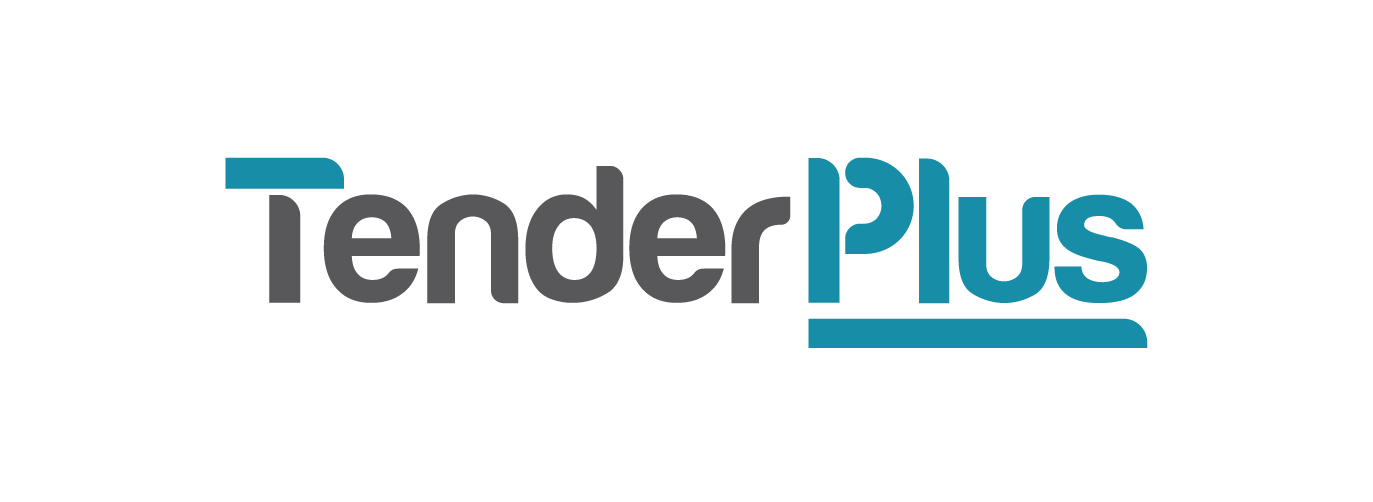5 strategies to achieve your tendering goals
Gemma Jones, Principal Tender Specialist (Brisbane)
Are you caught in the endless cycle of moving from one tender to the other, or juggling multiple without truly putting your best foot forward for any of them?
Make 2025 the year of achieving your tendering goals by slowing down, prioritising, and building on your success.
At Tender Plus we always like to think outside the box to set our clients up for lasting success, so let’s dig beyond the more commonly given tender and project management tips and insights to look at five different strategies to achieve your tendering goals.
Be proactive, not reactive
Too many tender teams often end up operating reactively rather than proactively given time and resource constraints. Taking a proactive approach to tender management and tender coordination from the start of the project will enable you to:
Recognise issues or risks early when they are more likely to be smaller and more manageable to overcome, problem-solve challenges when they are pebbles and not boulders.
Identify and raise requests for information or questions through the nominated tender process as early as possible in case the client's answer will result in a change in your approach or response to a tender requirement.
Remain flexible to pivot if your methodology or the tender’s requirements change late in the piece, even the best laid plans of mice and men often go awry!
Use your tender management plan to break down and tackle tasks such as company details, forms, certification information etc. that can be ticked off or drafted earlier rather than later whilst other parts of the tender are still in the research and development phase. Never put off till tomorrow what you can do today.
Cultivate a seamless workflow
Avoid roadblocks by ensuring information, updates, content and documents are shared in real-time so that the entire tender team is aware of the tender progress. Regular, effective and clear communication throughout the team will help to avoid team members working in silos that can end up sabotaging the cohesion of the tender response. Be aware of other commitments in the team and set realistic interim deadlines for tasks. By cultivating an open and honest tender team culture, you can identify early if a team member is unlikely to complete a task for the assigned review deadline and swiftly pivot to reassign responsibilities or problem-solve before a major roadblock appears.
Concrete your strategy
Plan a strategy session as soon as possible and be prepared to allow time to further digest and develop the ideas that come from it. By workshopping and refining your winning tender strategies to a very distinct and distilled set that you have tested against what you perceive your client needs, your overall strategy or tender win themes are less likely to need to change halfway through your bid. Bring most or part of the tender team into the strategy phase where possible to ensure the team are fully informed of and on board with the key points that need to be woven throughout your content. This will save you time towards the end of the tender management process aiming for all content and responses to cohesively provide the same key messaging.
Foster team strengths
Take the time to identify where each of your team’s strengths lie and use this to the advantage of the tender wherever possible. If someone is efficient at planning and organising, give them tasks that require more effort in coordination. If you have the next Shakespeare on your team, provide them with dot points or notes so they can put pen to paper and focus on writing (but not really because a reprise of Hamlet won’t give you the winning edge you’d hope for)! Do you have a smooth talker who is great at communicating and effortlessly extracting the real nuggets of gold from people? Leverage your team’s individual strengths to collectively add value or efficiency to the tender. For more insights on how relationships and team dynamics can win work, read Relationships win work: 5 steps to build your tender dream team.
Take time for reflection
Do you allow enough amount of time to reflect and evaluate if your tender responses truly put your best foot forward? Allow time at your review milestone to critically review and reflect on the overall messaging and key themes in your content to ensure that you aren’t selling yourself short. Make sure the information you are providing is clear, concise and persuasive. Putting yourself into your client’s shoes to think about what they really need to achieve for the success of the project can ensure that your writing packs a punch! Use reflection as a continual tool throughout the development of the tender content, rather than only thinking about it at the review milestones. It is easier to update and innovate parts of your response before they are fully developed to avoid changes with a knock-on effect later towards the tender deadline. Remember that the devil is in the details, and consider the 12 tips in Success is in the details: Bid writing and attention to detail.
Think outside the box, remain flexible and most of all communicate effectively with your team to ensure that your tender content is truly answering the client's criteria or questions. The tender management, tender coordination and tender writing process is messy, unpredictable, and most of all no one tender team will work in the same dynamic on each and every submission they are part of.
Consider these strategies on your next tender to help improve your workflow, team collaboration and the strategic messaging of your overall submission to avoid going through the motions from one tender to the next.
If you’re caught in this loop and could do with some guidance to innovate your approach, get in touch with us for more information on our tender management, tender writing, tender coordination services and more, Tender Plus would love to help!
